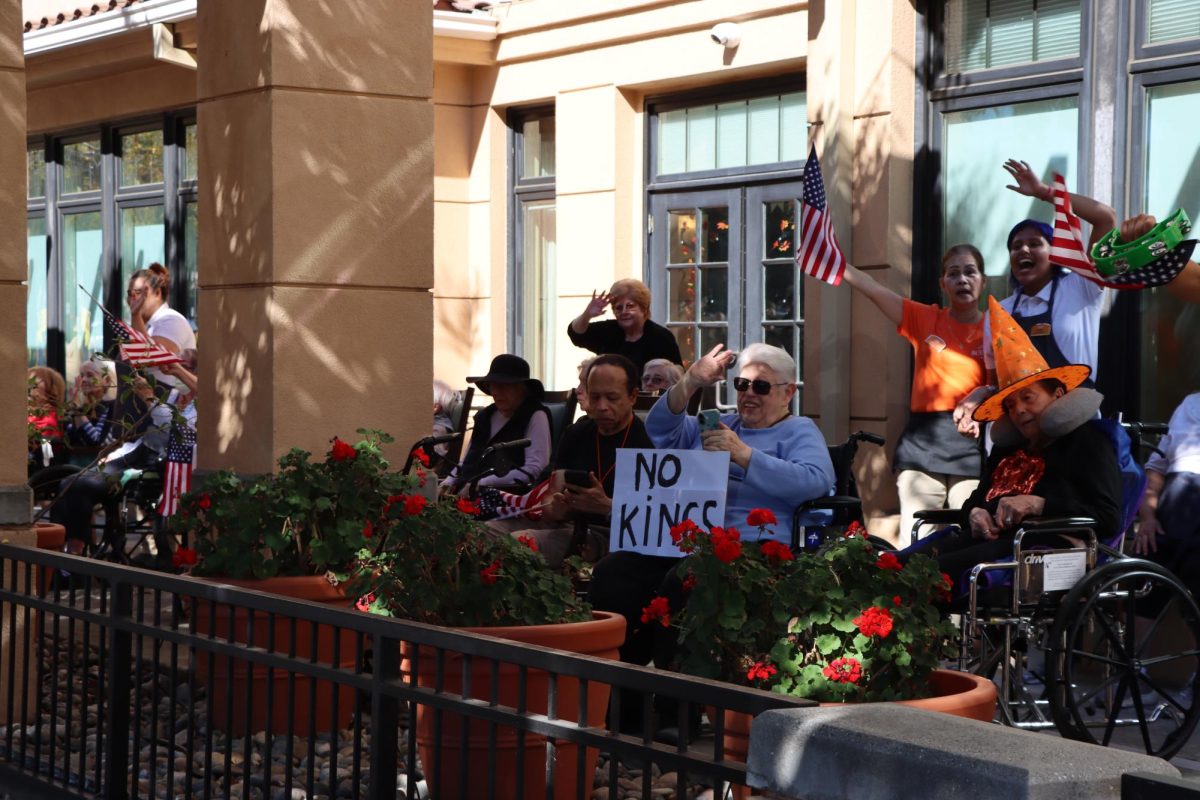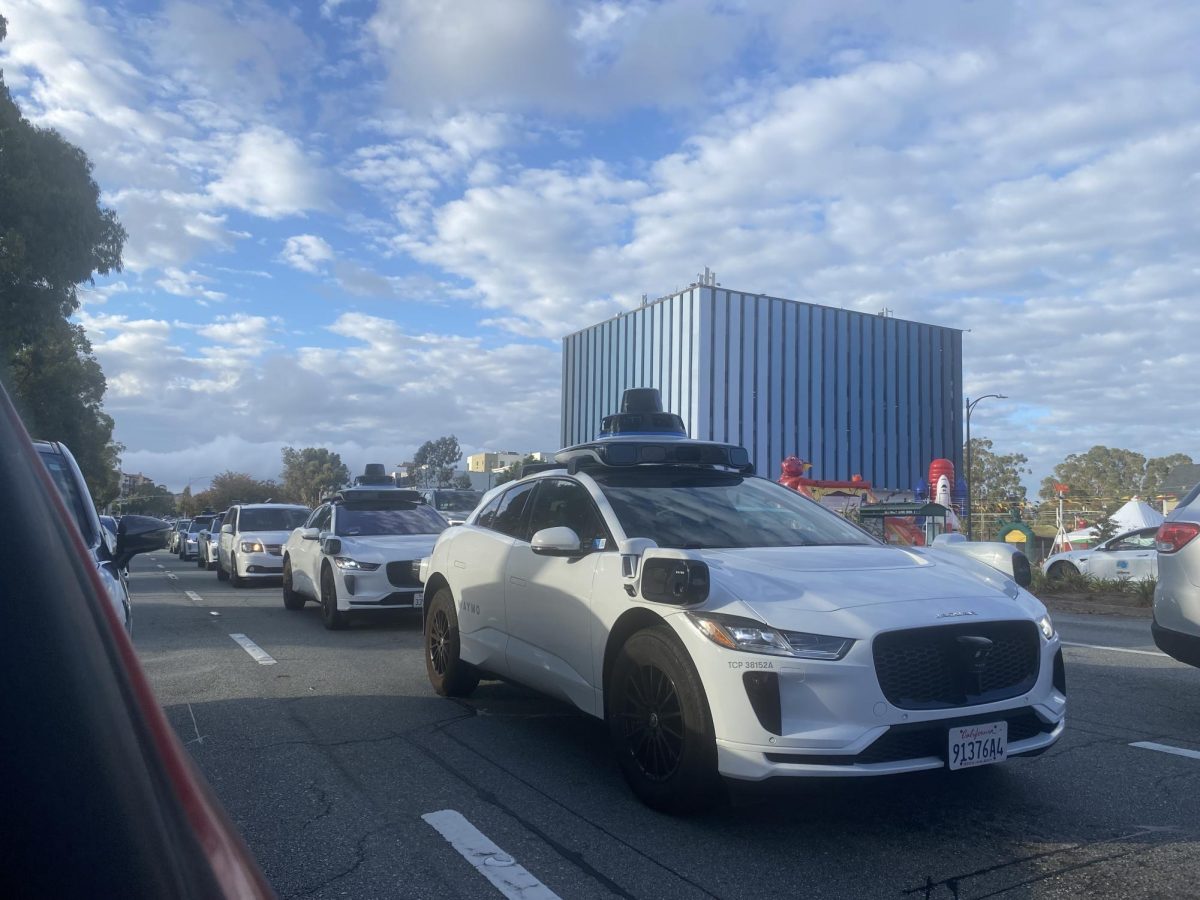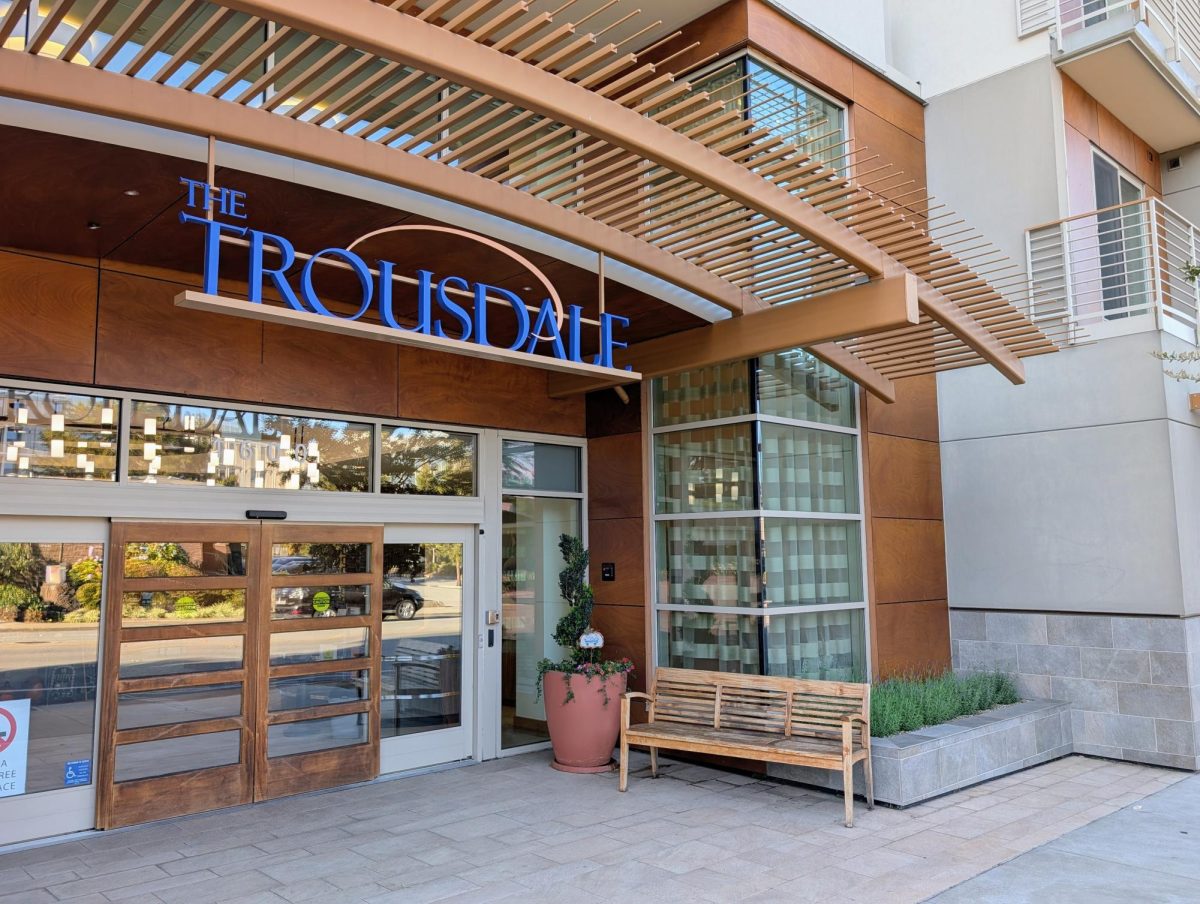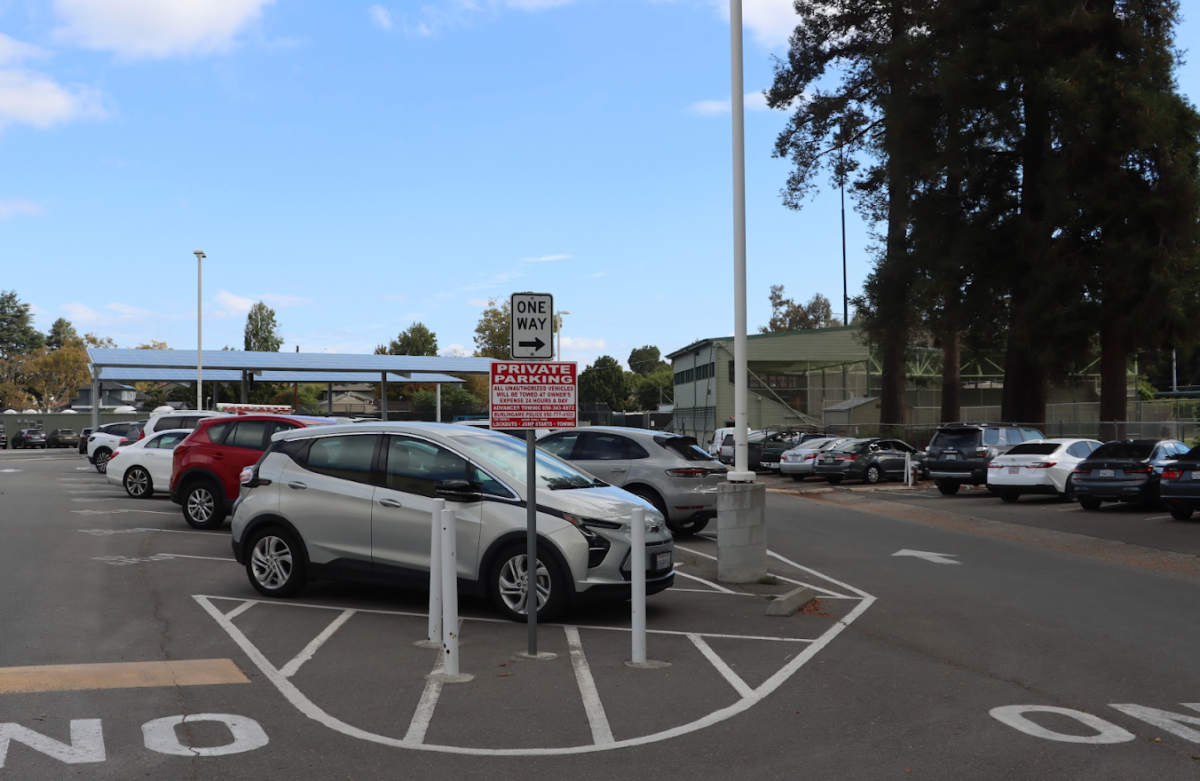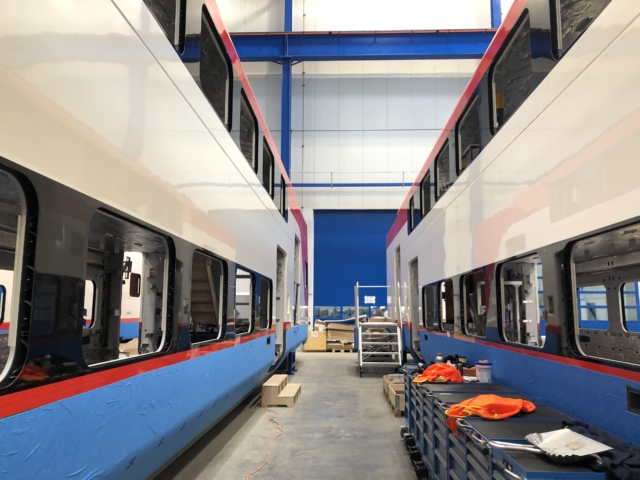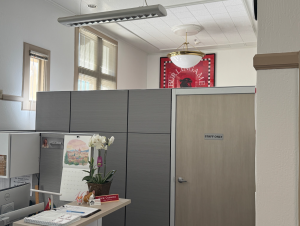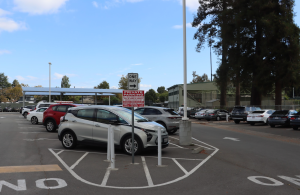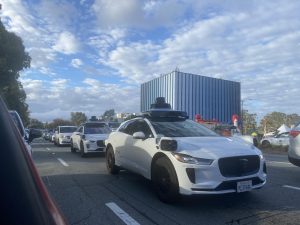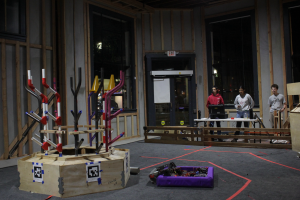Bay Area’s public transportation infrastructure set to be improved by CalMod
CalTrain plans to electrify the trains and tracks. Power pylons are already mounted along Carolan tracks.
March 25, 2019
For the past year, two strange storage containers have occupied the ever-limited parking spaces on the intersection of Carolan and Oak Grove, and strange new power pylons have been erected by the Burlingame Station.
These containers and pylons are part of the Caltrain Modernization Program (CalMod), which calls for new improvements to Caltrain, including the electrification of trains and the modernization of stations, scheduled to be completed in 2022.
Currently, the majority of Caltrain locomotives are F40PH models manufactured by Electro-Motive Diesel in 1985. Considered unfit for Silicon Valley, these locomotives are set to be replaced by brand new electric multiple units (EMUs), providing faster and cleaner service for Bay Area commuters.
The new EMUs are modular passenger cars that each have their own electric motor which removes the need for a locomotive. The new cars will be able to hold over 30 percent more passengers and accelerate faster, decreasing travel time and increasing service frequency.
“If the trains came every 15 minutes, like BART,” sophomore James Varah said, “I think more people would decide to use Caltrain. Currently, with anywhere from 30 minutes to 1 hour between trains, it is very difficult to efficiently schedule one’s trip around the train.”
The predicted increase in ridership will also play a large part in reducing traffic on roads and highways since it will divert some commuters from their cars.
“I take Caltrain or BART a couple times a week,” Lick Wilmerding High School sophomore Justin Tien-Smith said,” People are probably still going to take BART over Caltrain because BART has better stops.”
These new changes are not without controversy. In order to supply the new trains with electricity, new power pylons must be constructed along the entire Caltrain route. In many communities, such as Burlingame, these pylons have already been constructed. However, some communities, such as Atherton, are opposed to CalMod and its changes since the construction of power pylons would require the removal of trees and the possible removal of two road crossings. Fearing that these changes would divide the community in two, the town of Atherton filed a lawsuit against CalMod in 2015 on the basis of inadequate environmental review of the project. After Caltrain won a court hearing in 2016, CalMod continued its construction.
The Calmod program currently involves over 9,600 new jobs across the United States, including a new Stalder train factory located in Utah where the electric multiple units are being assembled.
Calmod is set to deliver their first electric multiple unit this year in 2019, undergo full systems test in 2021, and provide service for riders for the first time in 2022.

